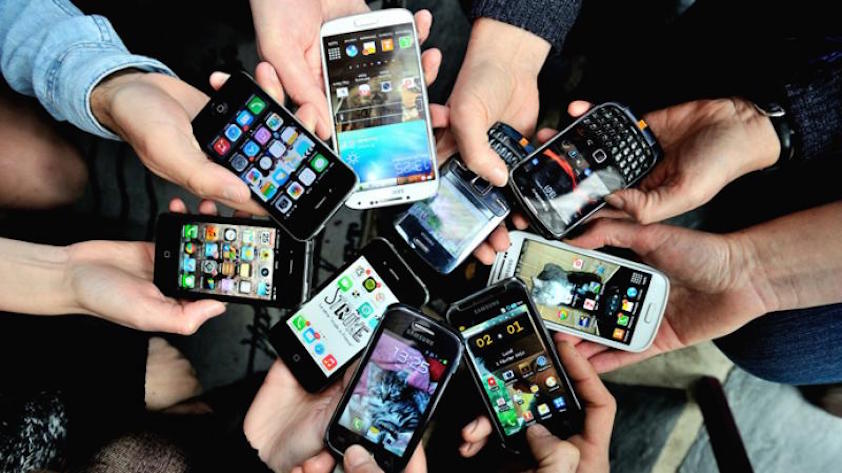Affiliate links on Android Authority may earn us a commission. Learn more.
The most iconic phone from each manufacturer
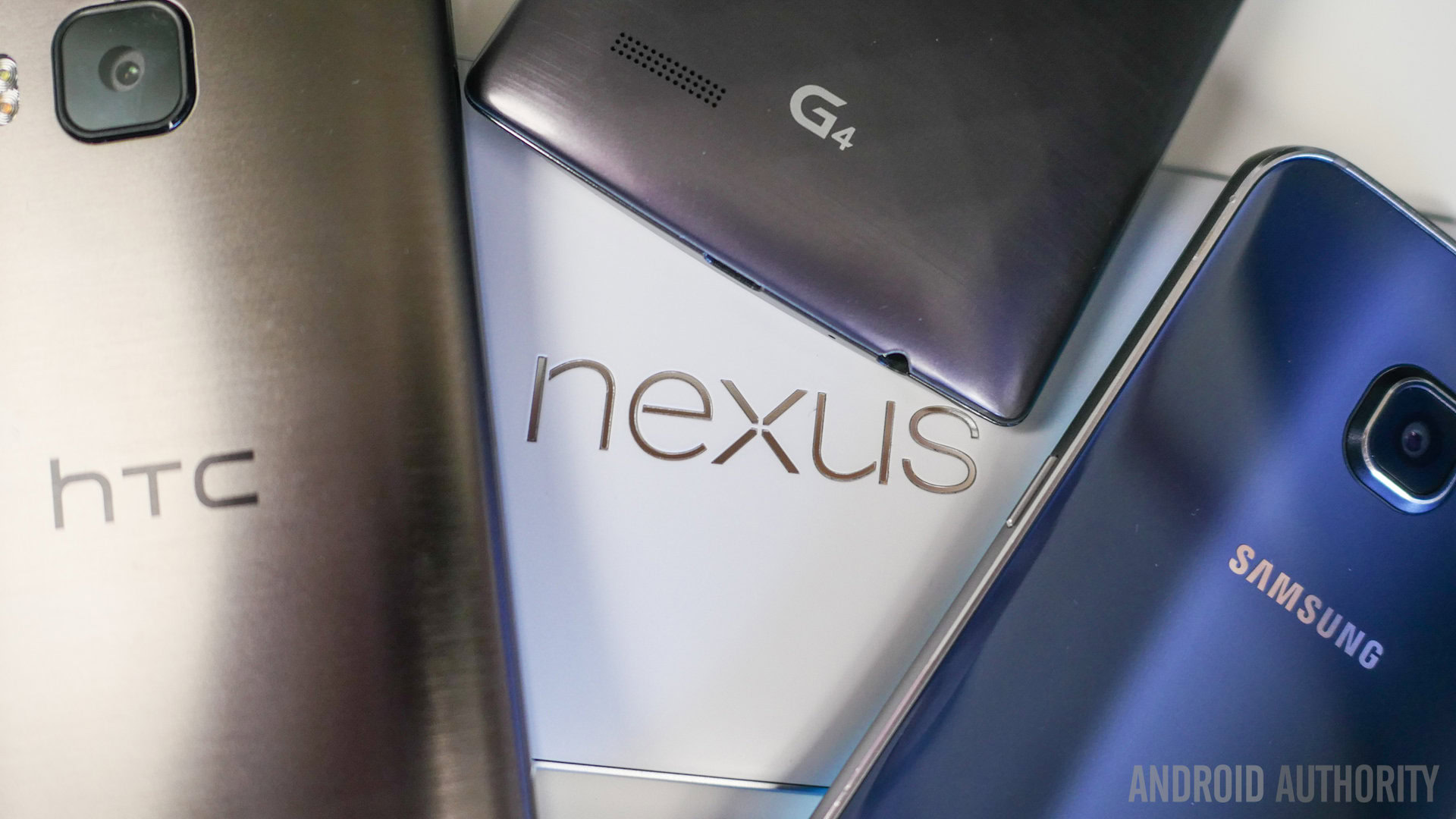
The ever-changing landscape of mobile technology is occupied by new companies with flagship devices enduring constant tests of dominance, and many competitors scrambling to further push the standard of what makes a great phone. For this reason, even devices built to industry standards are quickly used, abused, and cast aside, left to join the ranks of forgotten phones of yesteryear.
Some devices, however, are gone but not forgotten – and continue to stay relevant in our minds. These are devices that we have deemed as truly iconic. Prepare to take a trip down memory lane as we make mention of the devices that truly succeeded in capturing our attention, fixated themselves in our hearts and minds, and forever left their mark on the frenzied world of mobile technology as we know it.
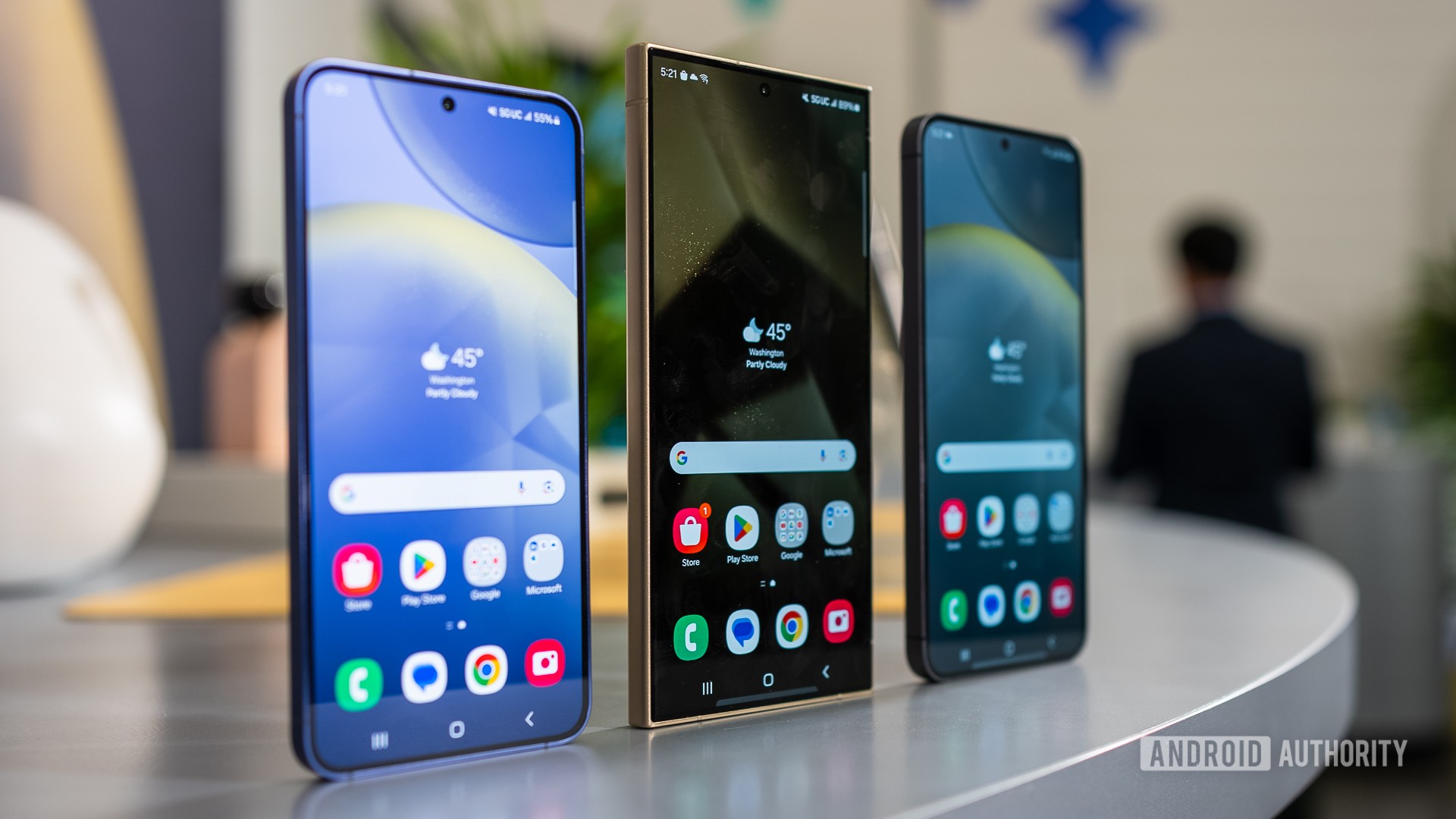
Apple iPhone (1st Generation)
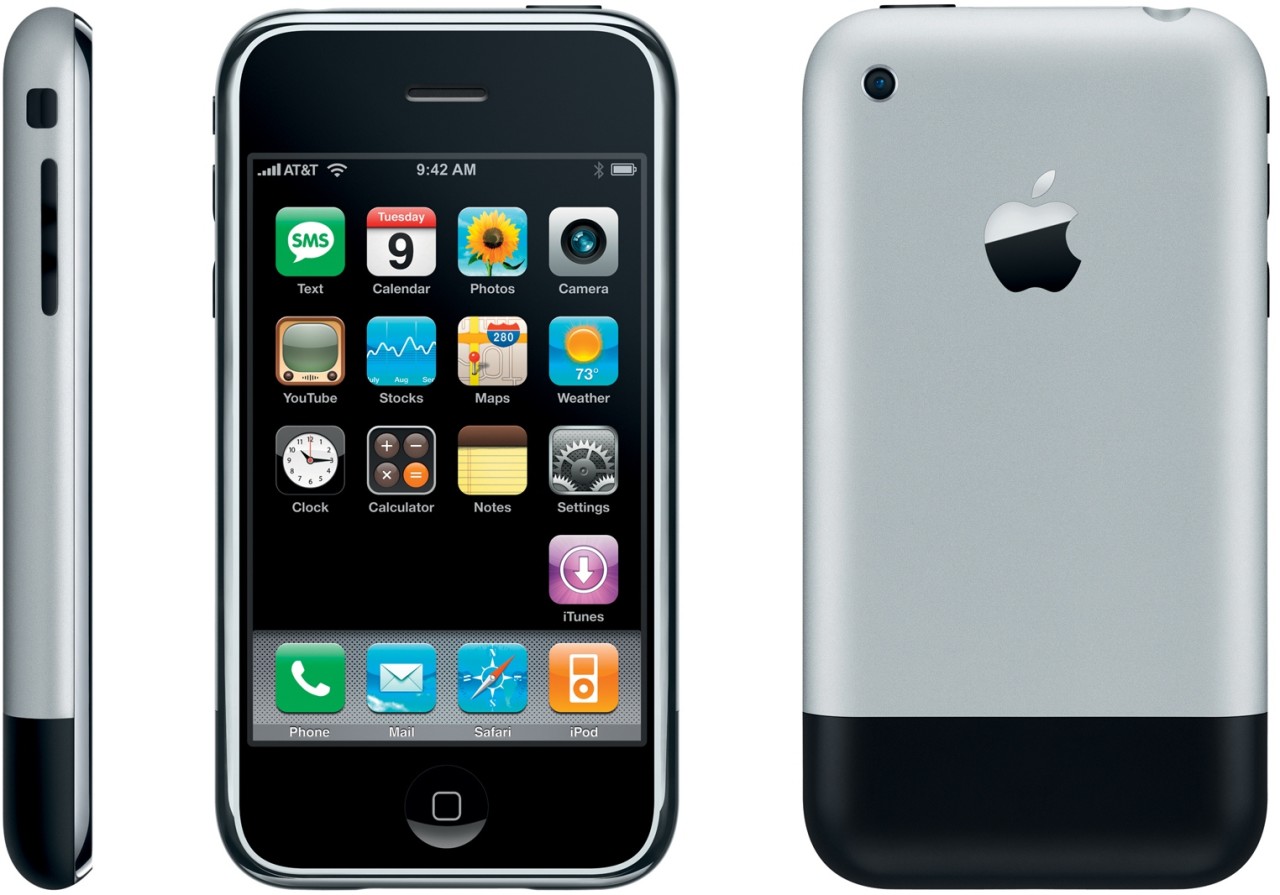
Including the first generation Apple iPhone in our list was nearly obligatory. While is wasn’t the first touchscreen cell phone to appear on the market, it was certainly the first to become a household name. Thanks to clever marketing and thoughtful design, Apple’s first phone became a hit.
A 2007 survey conducted in the USA determined that 6 out of 10 consumers were aware of the iPhones existence before it even hit the market. Several months after the US release of the iPhone Apple went global with the device, and by the time of their second smartphone release (iPhone 3G), the original iPhone had sold over 6 million units. Fast forward nearly 10 years, and the term “iPhone” is part of global vocabulary.
BlackBerry Curve 8300
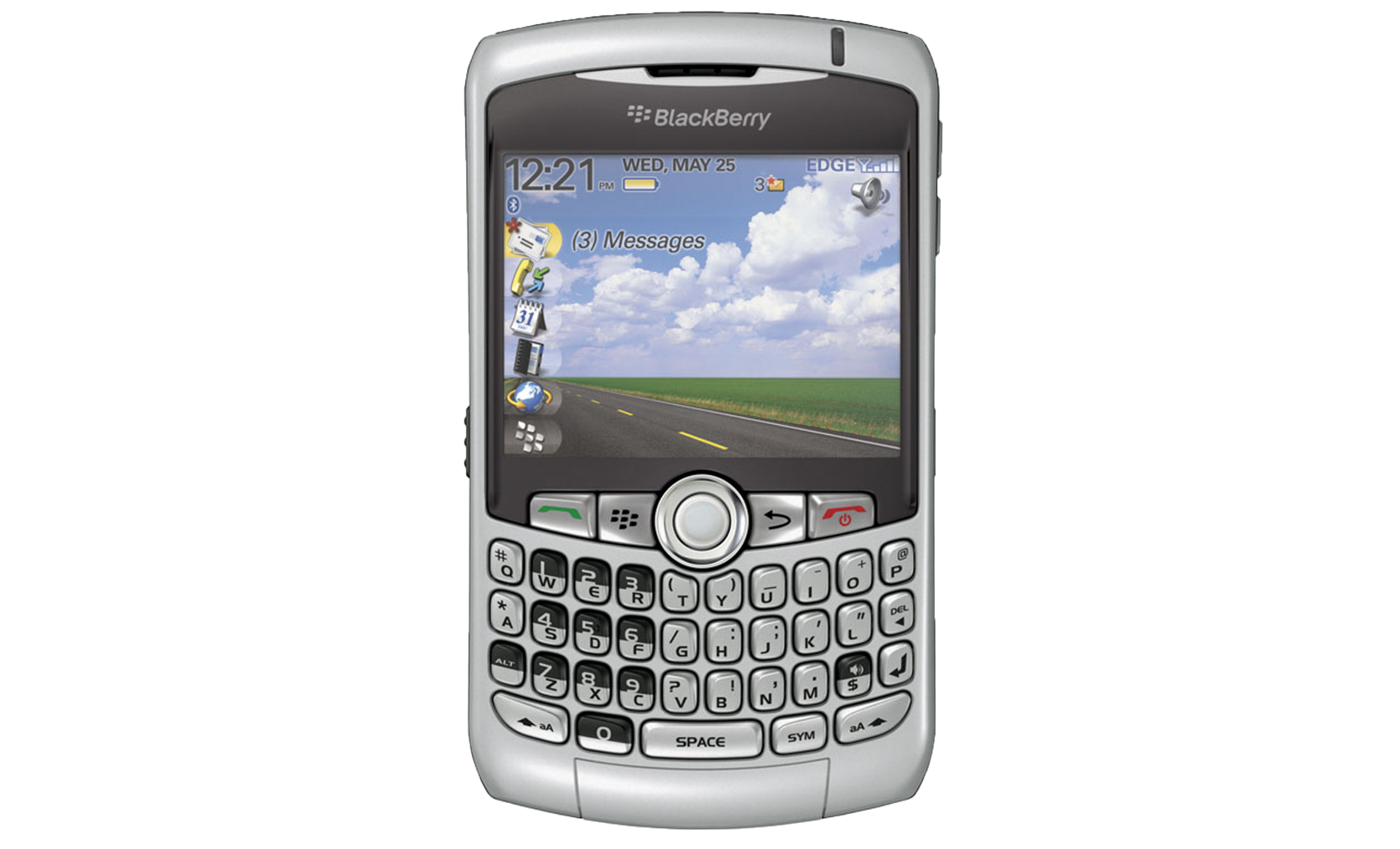
In late 2007, RIM decided to expand their reach beyond their widely successful business-class devices and foray into the high-end consumer market. The result of the venture was the Curve series, most notably the Curve 8300. This handheld was loaded with features that were attractive to power-users and media consumers alike. The Curve line carried RIM’s proprietary “Pearl” trackball from the smaller Pearl series. A VGA camera with LED flash was also standard on the device and, by utilizing Roxio’s desktop program, users were able to load the Curve with high quality MP3s.
The heavy integration of consumer-demanded media features did not limit the BlackBerry’s powerful communication attributes, though. Email, web browsing, and the host of other productivity features that made Blackberry stand out were still very much a part of this device. The Curve 8300 was heralded as the best Blackberry of its time, and truly set a standard for powerful devices that appealed to all niches of users.
Google Nexus 5
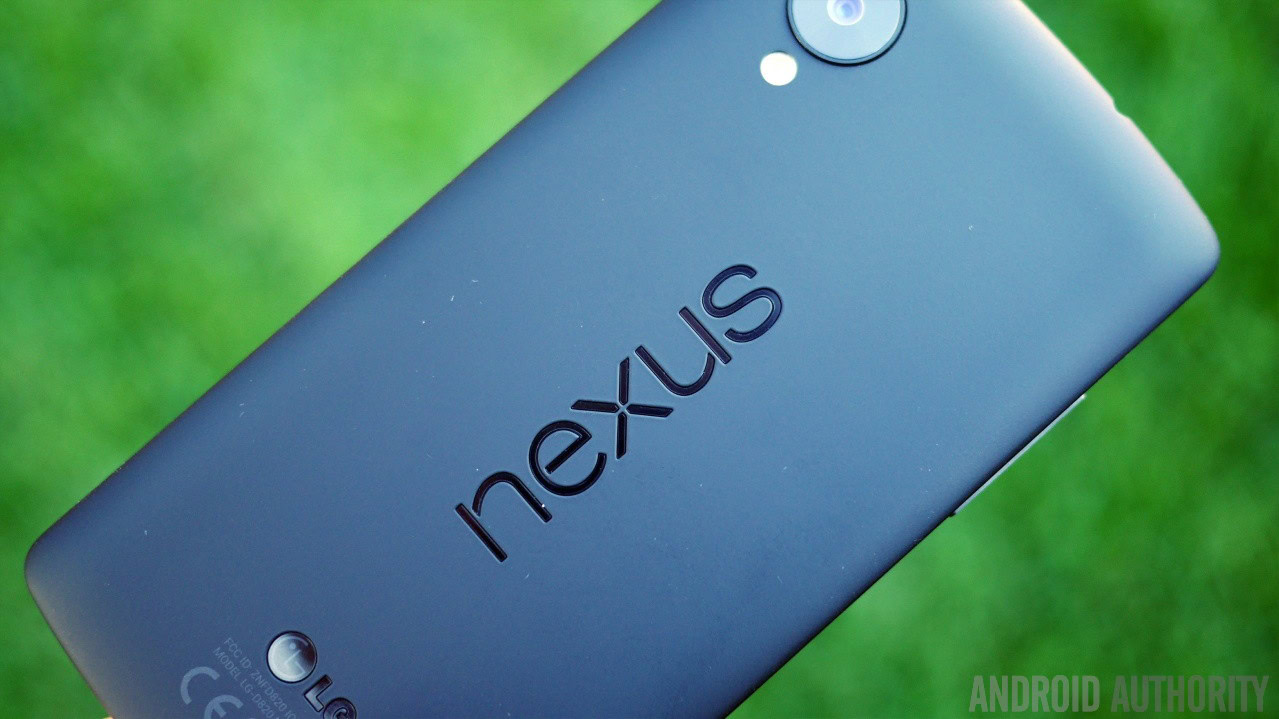
Okay, so we know Google didn’t actually manufacture this device, but we still found it necessary to include something from the Nexus line.
Released back in 2013, the Nexus 5 is arguably the most popular Nexus device to date. Made with the vision of providing users with a pure vanilla Android experience at a low cost, the LG device managed to capture the popularity that previous Nexus phones failed to reach.
The specs were great, and the price point was amazing as well. The phone came unlocked directly from Google, and sold extremely well. It garnered a large amount of lasting buzz as well, and the development community for the device is still thriving.
HTC EVO 4G
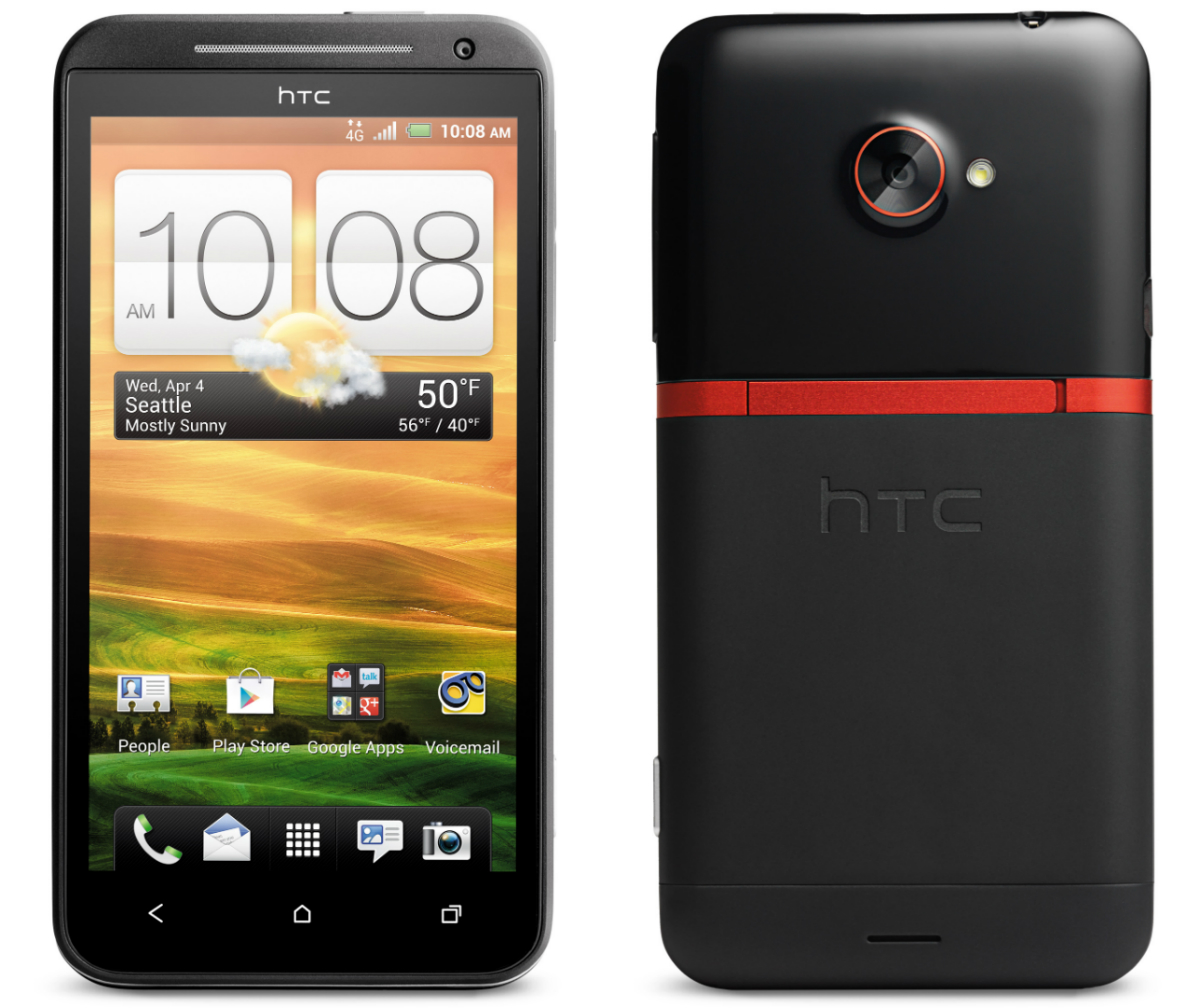
As more of the population adopted smartphone technology, network speed quickly (no pun intended) became a pressing matter. Many users had grown restless with the limited capability of 3G networks, so in 2011 HTCintroduced the first 4G-capable device. Aptly named the EVO 4G, the device was both economically priced and full featured. It really struck a chord with users who wanted the latest technology on the speediest network.
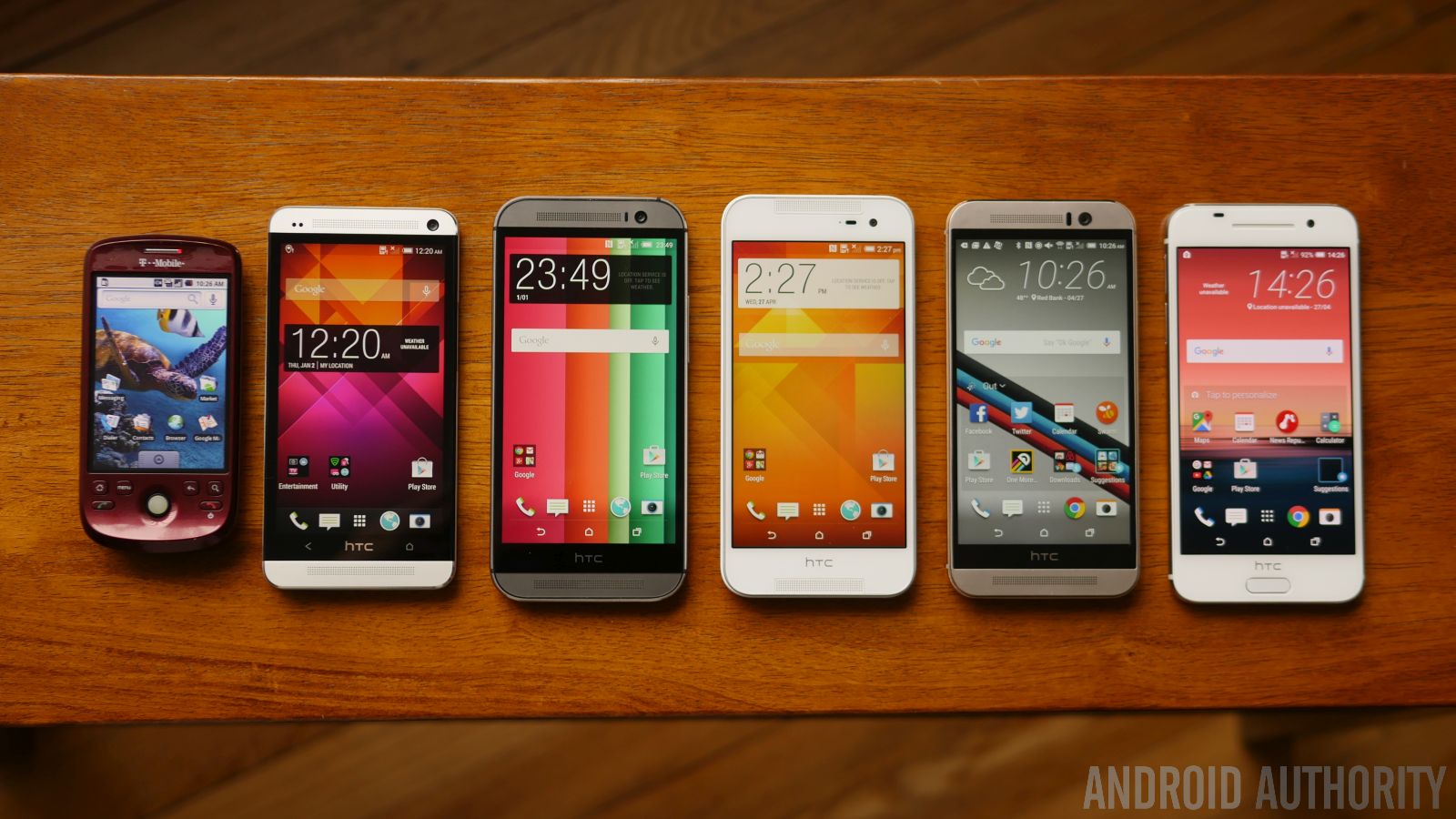
The device went on to garner massive praise and sell 5 million units by 2011. Not only was it a completely solid smartphone, the EVO 4G undoubtedly paved the way for 4G devices and network capability from then on.
HUAWEI Ascend Mate 7
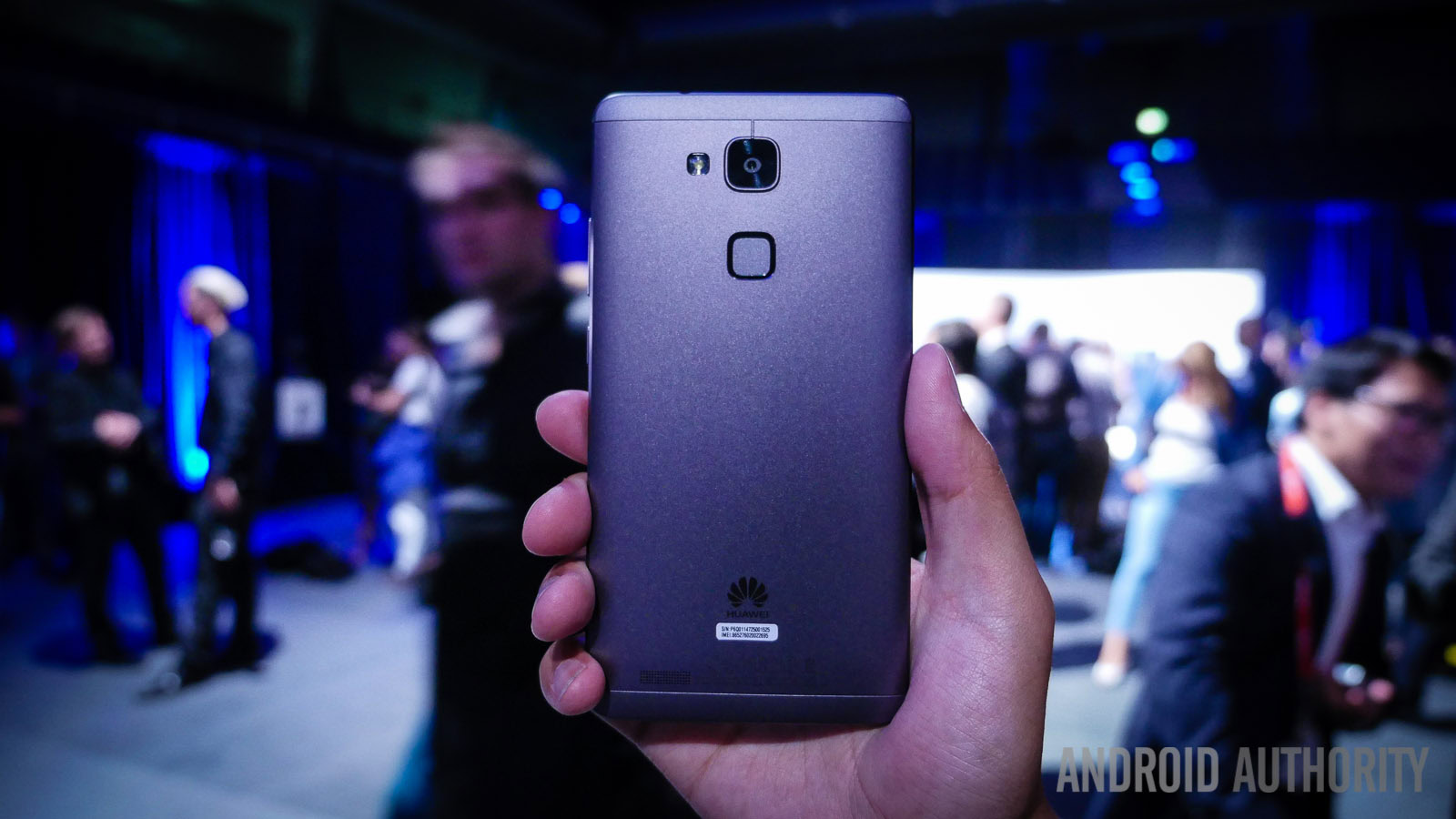
The Mate 7 was thrust into the arena as a continued effort by HUAWEI to break into commercial success in the global market, and it certainly didn’t fall short of doing so. The Mate 7 made waves in the Android world by being yet another device that managed to achieve global success at a low price point. Users scrambled to get their hands on the unlocked device, and sales numbers rose through the roof. Build quality was top notch, and fixated the Mate 7 as a long-lasting, durable device. The Mate 7 even secured our Editors’ Choice award in 2014.
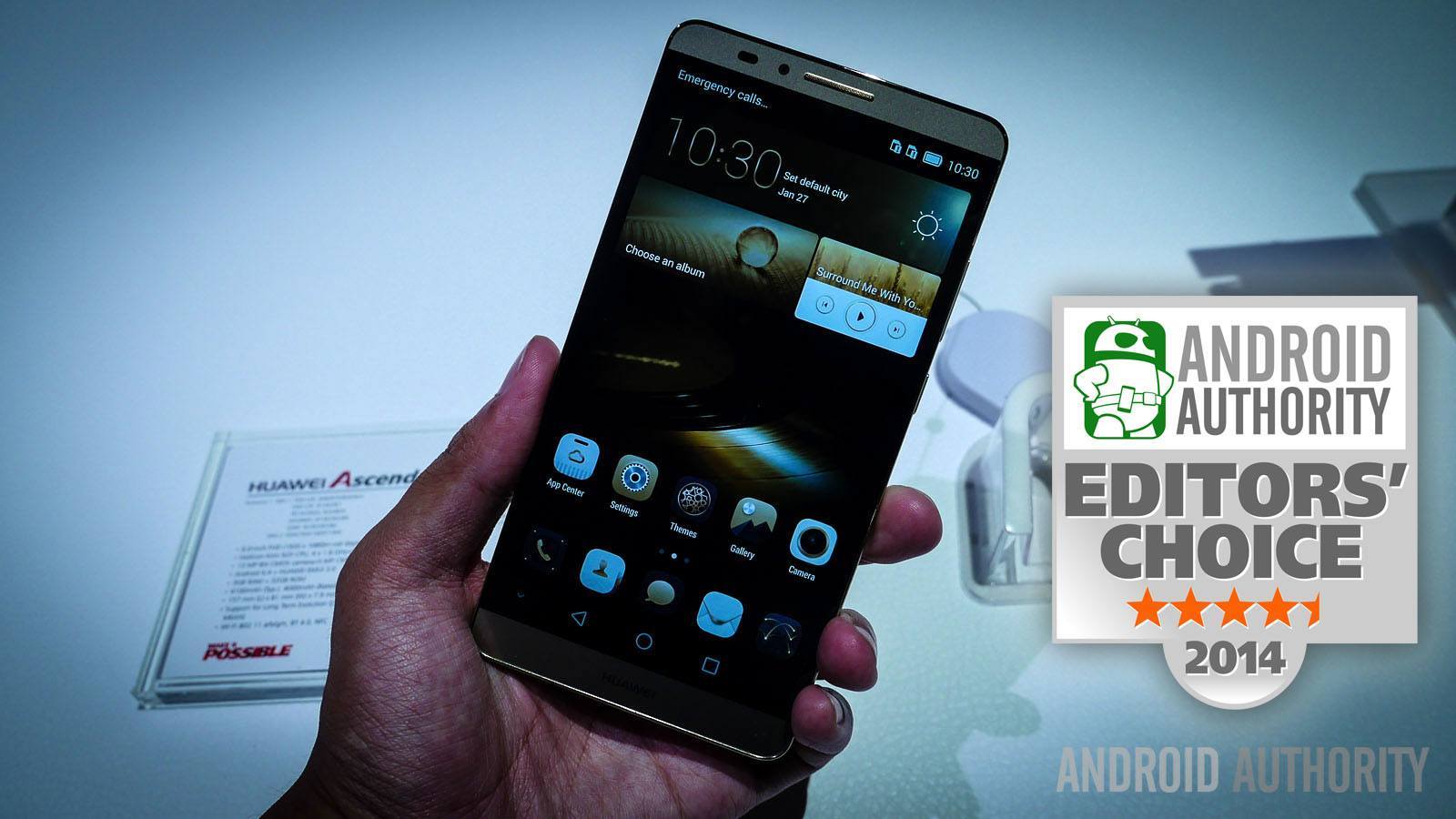
LG G2
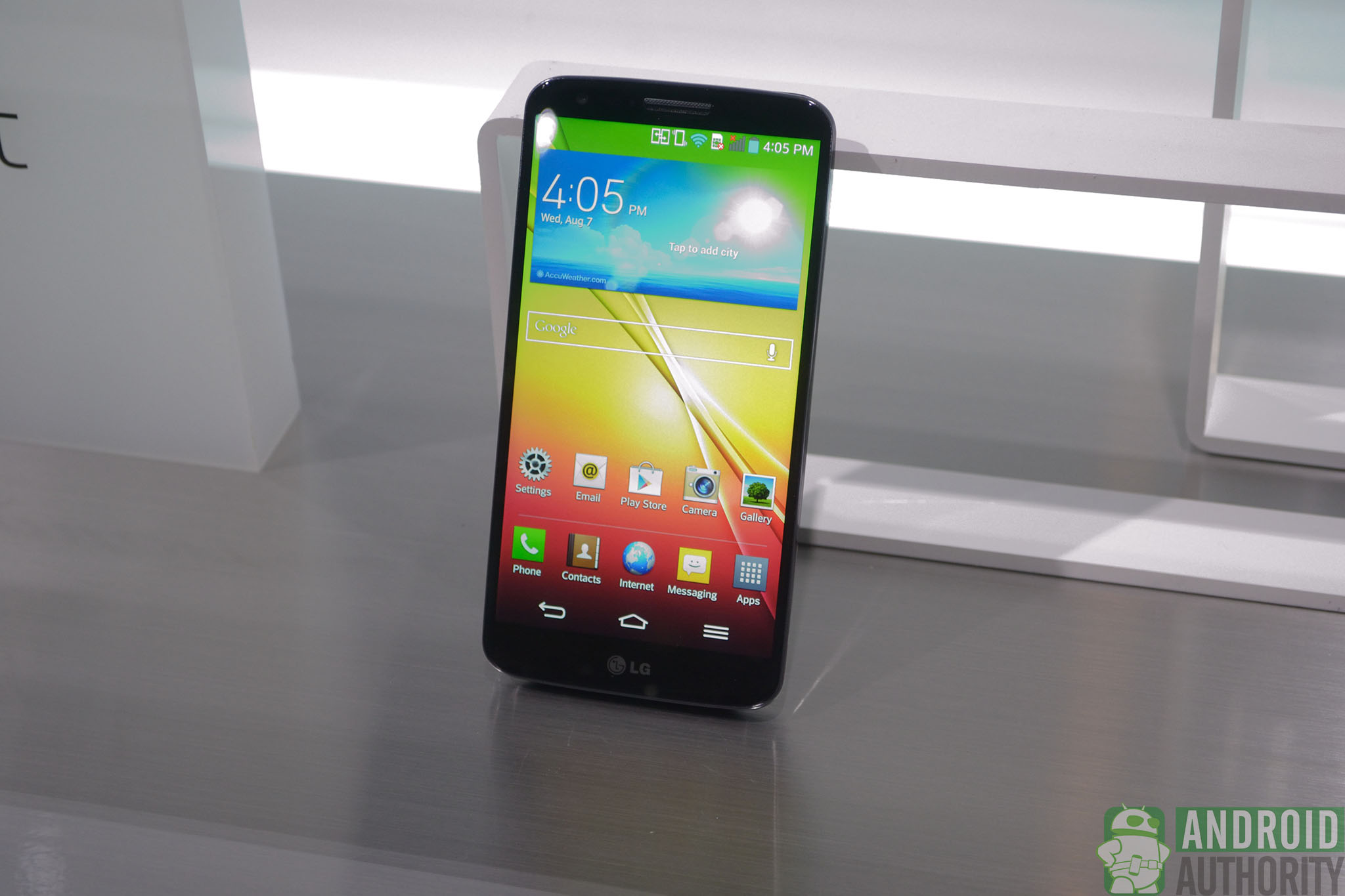
In 2013, LG released the acclaimed G2. The flagship was another case of highly tuned hardware packed into a low cost device. Over 3 million units of the device sold, which was certainly a testament to the phone’s popularity.
The device also broke a mold as far as design with physical buttons located on the rear of the device. It was often said that the G2 was far ahead of it’s time. The G2 is easily one of the most memorable LG devices to date, and achieved continued success well after release.
Motorola Moto X (1st Generation)
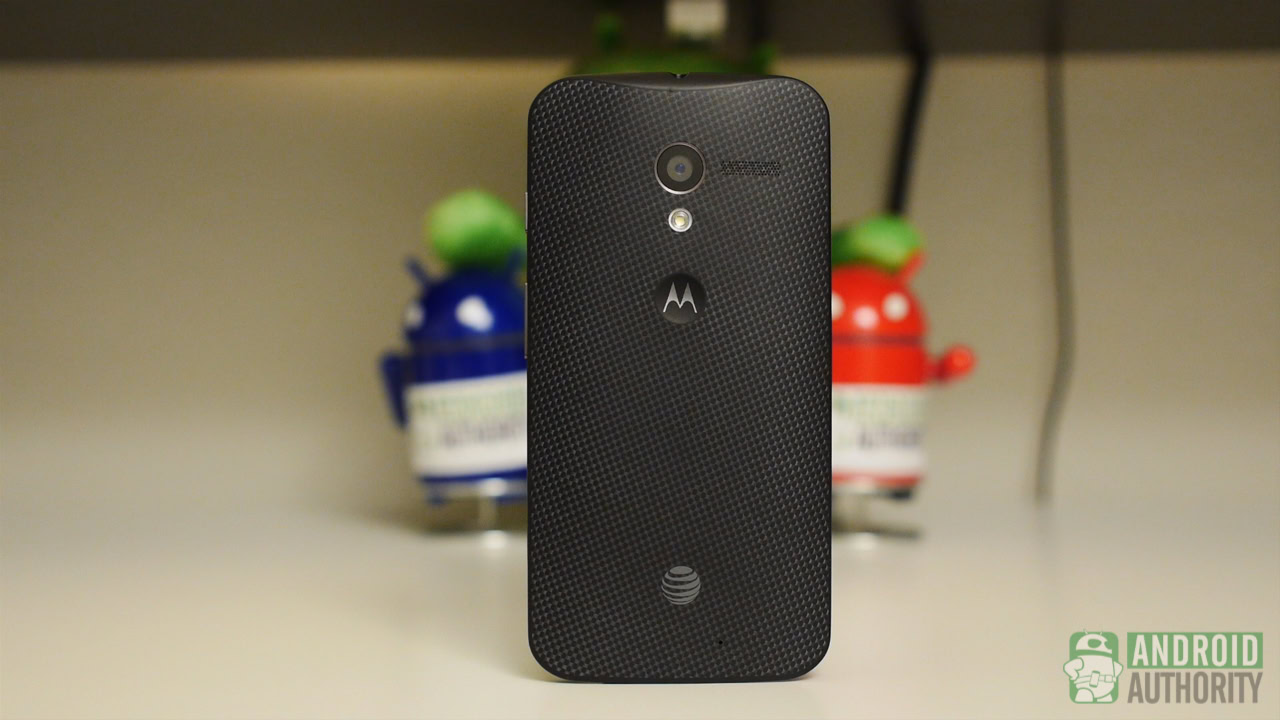
Mega-manufacturer Motorola was not about to be outdone by newcomers, especially after Google’s acquisition of the company in 2012. The first Moto phone Google had a hand in designing was already poised to meet big expectations, and the 2013 Moto X certainly delivered.
The Moto X stood for something many other OEMs didn't understand at the time
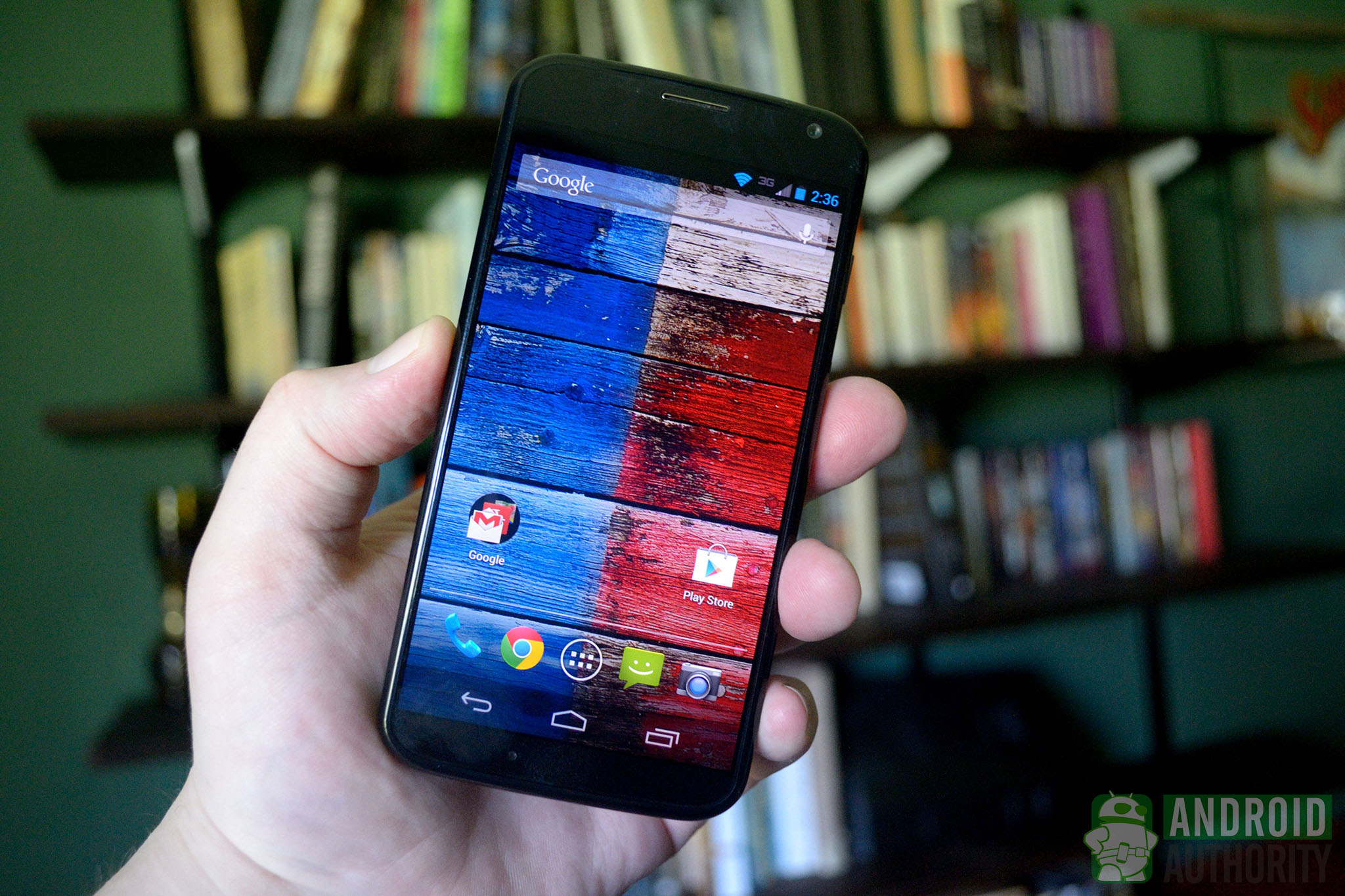
Nokia 3310
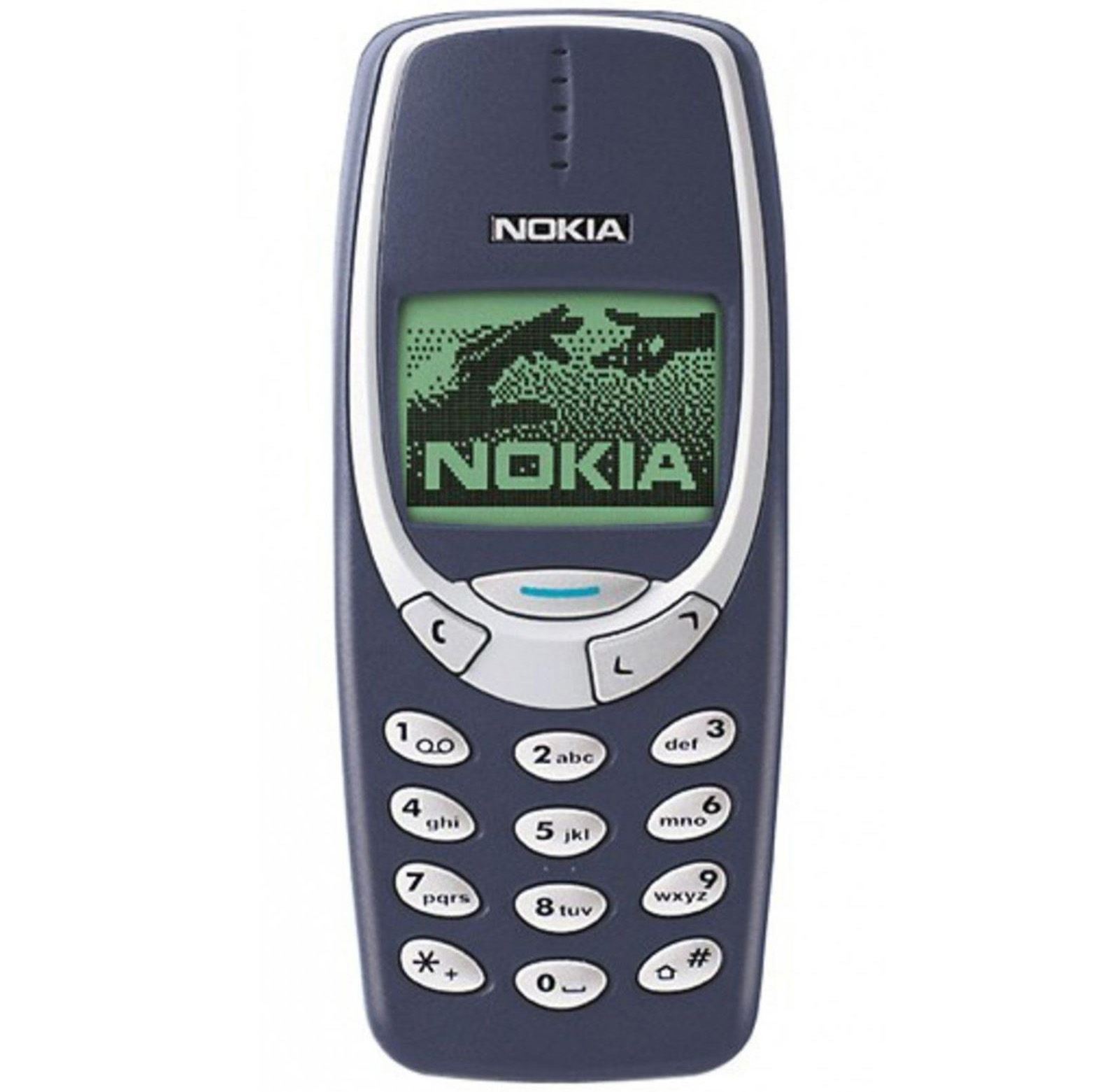
What roundup of truly iconic phones would be complete without the Nokia 3310? Introduced in late 2000, this device was quite possibly the first portable phone many of our older readers had ever held in their hands. It has been described as a tank, a parallel that really only extends to the phone’s durability, as it did not consume power, operate loudly, or pack unwieldy bulk like its literal counterpart.
It was small for the time, but housed numerous features that it’s predecessors lacked. Owners of the 3310 will likely remember their first time being able to “mute” their phone, compose long SMS messages, and experiment with customization thanks to Nokia’s software profiles and physical Xpress-On Covers.
Whether you owned one personally, or simply used a parent’s or sibling’s device to bug them by cycling through the pre-installed ringtones or play Snake, chances are this phone has touched your life somehow.
OnePlus One
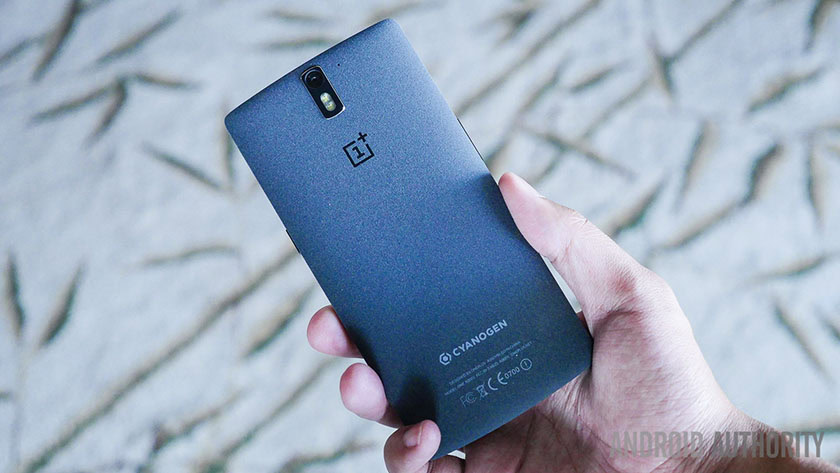
OnePlus is the only company on the list that actually established iconic status with their first release. Boldly named the “flagship killer”, the One made it’s debut in 2014. The tagline was quite fitting as OnePlus’ first venture into the smartphone world really shook things up.
The price of the One was incredibly affordable, yet the phone shocked consumers with its quality. Firmware by CyanogenMod shone brightly as a feature many users hadn’t experienced. The beastly device shipped in an unlocked state to a long list of countries, and continues to make its rounds in the community. Our staff and consumers alike continue to be impressed by the impact this phone has made on the community.
OPPO Find 5
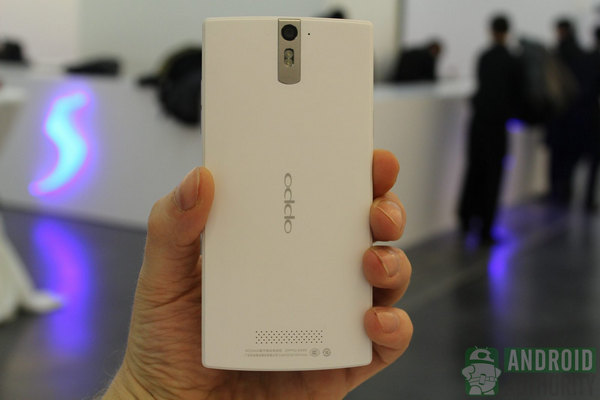
This powerhouse of device was unleashed in 2013 from a company which previously hadn’t developed or manufactured smartphones. Being a stranger to the game is never easy, especially in the post-Galaxy S3 world, but OPPO had lofty goals. OPPO’s first device, the Find 5, was a magnificent success and rose to prominence by providing great specs at a low price point.
This trend became the fastest route to establishing a name in the Android world. Our review explains all the features that made it a great phone out of the gate, but stellar sales, continued support, and durable longevity helped solidify it’s place as an iconic handset.
Palm Pre
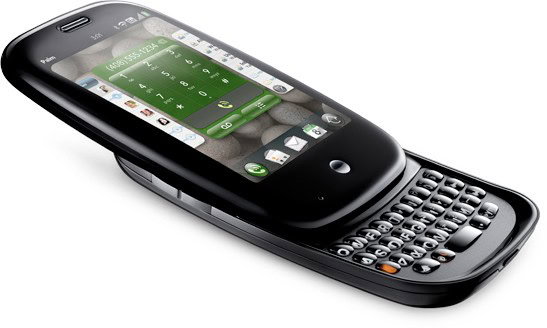
The increasing capability of smartphones swiftly signaled the end to PDA units, but Palm refused to go quietly. In 2009 Palm released a revolutionary device called the Palm Pre. The Pre was a solid handheld, featuring both a slide-out physical keyboard and a capacitive touch display, rather than the inaccurate, pressure-sensitive touch display of that generation.
Not only did the Pre feature impressive hardware, it also paved the way for many modern day software features. The Pre featured a simple “card style” UI which allowed users to easily switch between, and close running apps. This design feature would later become standard in Android and iOS’s “recent app” menus. Like many legacy devices on our list, the Pre continued to receive loyal support far after it was discontinued.
Samsung Galaxy S3
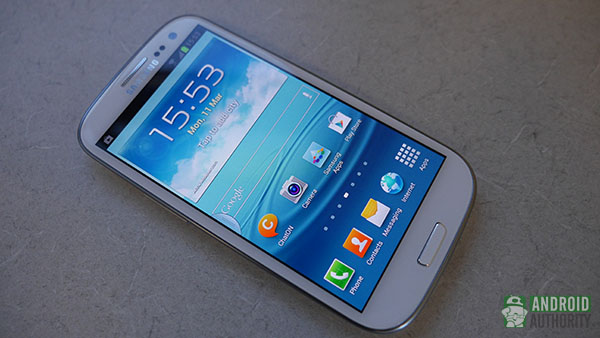
After several moderately successful iterations of their Galaxy line, Samsung was hungry to break through with a game-changing device. In an attempt to go for the throat of the leading smartphone manufacturers, Samsung entered an 18-month development phase for its newest device set to be released in 2012. The result of this endeavor was a truly innovative phone which demanded respect and solidified Samsung as the key player in mobile technology it is today.
The launch for the S3 was a massive event which emphasized the phone’s symbiotic relationship with the natural world. For years to come, the success of the GS3 would bolster the strength of Samsung as a company, and propel them to the top of the smartphone world. There was not an Android device at the time (or possibly ever) that could match the impact that the Galaxy S3 had on the world, and some users still find the device perfectly capable years after it being discontinued.
Sony Ericsson P900
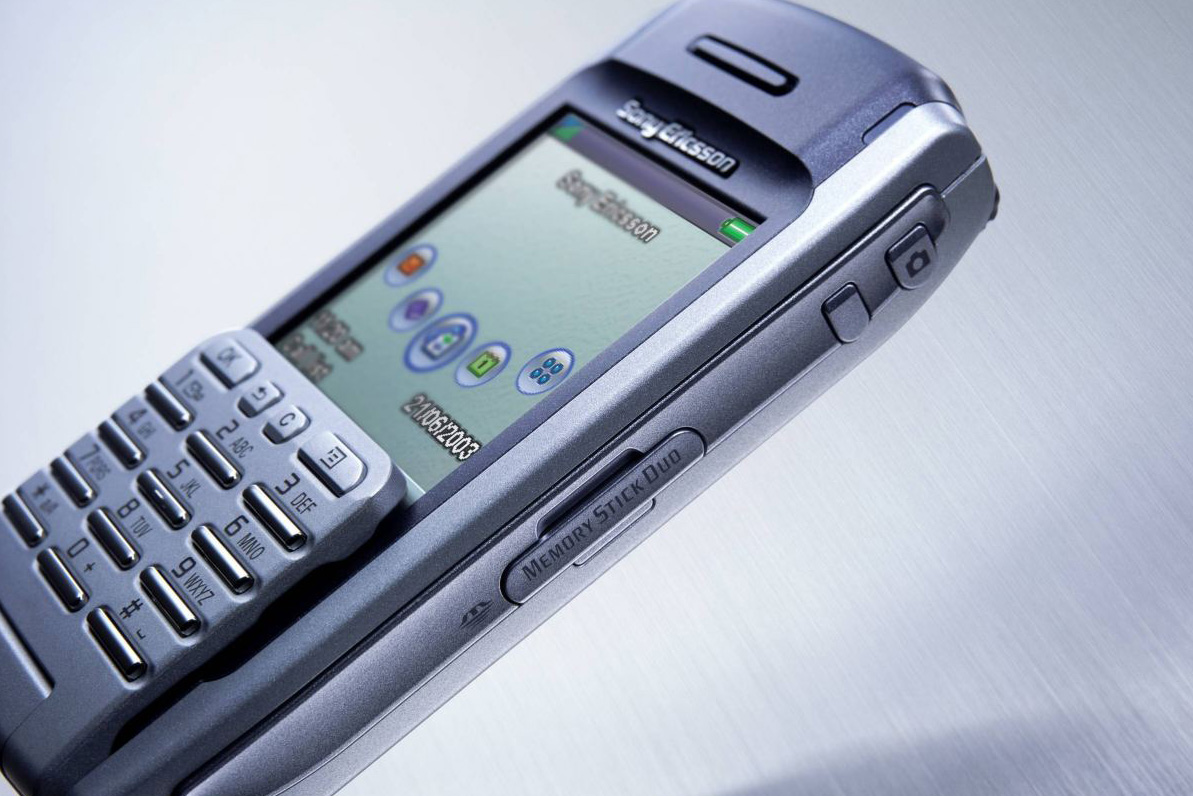
In 2003 the Sony Ericsson P900 made it’s way into the hands of many fastidious globetrotters, entrepreneurs, and business travelers alike. Not limited to GSM world phone capabilities, this handheld also served as a touchscreen PDA complete with stylus, open Symbian OS, and RIM’s mobile email application. Users also enjoyed expandable storage, removable battery, and bluetooth connectivity all at the turn of the century.
The flip cover was a nice feature, and the scroll wheel added a physical navigation aspect to the phone that many manufacturers hadn’t yet entertained. The device relished in great commercial success at the time, and many purists found the P900 perfectly capable of carrying them into the late 2000’s and beyond. For that reason, it makes our list at a truly memorable handheld device.
Xiaomi Mi 3
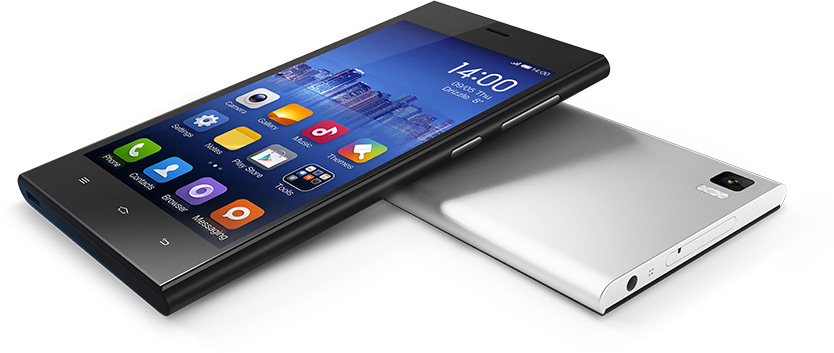
Despite achieving success in the mainland with their earlier models, Xiaomi had bigger goals. In 2013, with ex-Android VP Hugo Barra at the helm, Xiaomi released the wildly popular Mi 3 device. The flagship boasted incredible specs at a globally-renowned low price point. This phone practically set the standard for quality within its price range.
The well-established MIUI skin was given its best platform to shine with the Mi 3 as well. Users could even root the device without voiding the warranty. The Mi 3 sold 200,000 units 3 mins after its initial launch, and the trend continued as the company expanded their global reach. Eager customers bombarded nearly every sales outlet in record numbers as Xiaomi expanded their market to other countries. All of this amounted to a truly well accomplished feat for the Chinese manufacturer.
It wasn’t easy to pick this particular handful of devices to spotlight as the most iconic phones to date, however each device proudly meets the cut. Feel free to let us know which device you hold close to your heart for any reason below!
